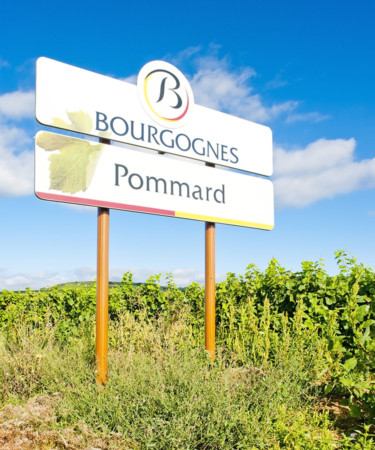
In all likelihood you or someone you know is a big fan of Sauvignon Blanc, but hates Chardonnay or vice versa. And it’s true that you could prefer one of these wines to the other, as in their most extreme forms, they’re not at all similar. Yet there are some commonalities in the more restrained versions of each. So what’s the difference between these two insanely popular white wines in the first place? Let us explain:
Chardonnay, the most popular white wine grape in the world, was born in Burgundy, France. It’s in the Burgundian style that the wine is the most balanced. In a Burgundian-style Chardonnay, the fruit is less present than the juicy Chardonnays you may have experienced from California, and instead exhibit more earthy and minerally characteristics. These wines are barrel aged and allowed to go through Malolactic fermentation, which can soften the wine’s acidity. In addition, new oak is almost never used, meaning the strong vanilla flavors you might experience in New World Chardonnays are virtually non-existent here. So what you wind up with is a soft, earthy white wine with a touch of fruit flavors – often green apple – that has a nice weight on your palate.
But this style may not be the Chardonnay for you; you may in fact be a fan of the heavier, richer Chardonnays of the New World. These wines are often fuller – some would say fatter – and richer due to the warmer climates in which the grapes are grown. Warm weather means riper fruit and more sugar and these wines are often aged in American oak, giving them that final Vanilla flavor the wine is so famous for.
If, however, you’re looking for something lean, fresh and vibrant, than neither of these two styles will do – unless of course the Chardonnay you picked from Burgundy has come from Macon or Chablis – you want unoaked Chardonnay. It’s here that the grape’s true characteristics are at the forefront and you’re often left with a refreshing, mouthwatering white wine.
And it’s in this unoaked style that the Chardonnay comes closest to Sauvignon Blanc, that racy, herbaceous wine that was also born in France but is much more suited to veggie cuisine, while some Chardonnays can easily hang out with steak.
Sauvignon Blanc comes from the Bordeaux region of France, but it really made a name for itself in two other locales that are very different from one another, Sancerre and New Zealand. While the style of Sauvignon Blanc is similar among the wines for Sancerre and New Zealand, in New Zealand the wine is racier, with a much higher acidity than its French counterpart. In Sancerre there is a much higher minerality, though both wines are very refreshing. What causes Sauvignon Blancs from New Zealand to stand out is often the intense grassy notes. While the aroma of fresh cut grass exists in Sancerre as well, it is often quite pungent when the wine originates in New Zealand. It’s herbaceous Sauvignon Blancs of this style that have little in common with Chardonnay.
If, however, a sweeter, fuller and rounder Sauvignon Blanc is to your liking, you should instead look to wines made in the United States and Australia, where the warm climate creates stronger flavors of peach, kiwi and even passion fruit. If you prefer these wines, you might find unoaked Chardonnay is also a wine you enjoy, so don’t avoid it simply because you believe Chardonnay isn’t your thing.
